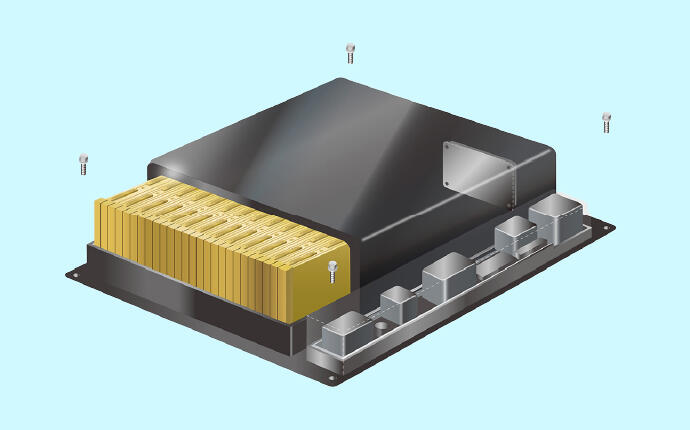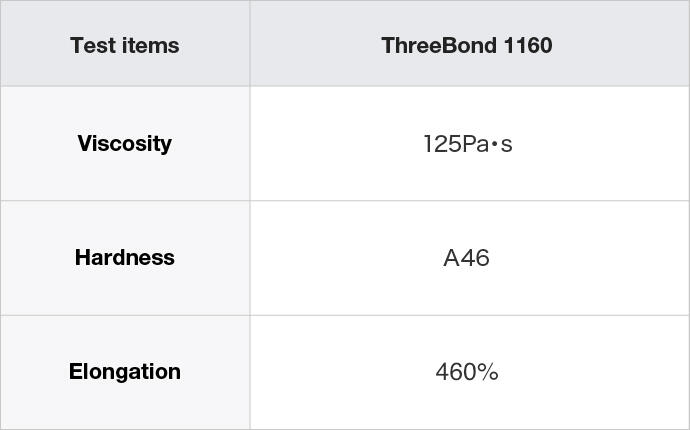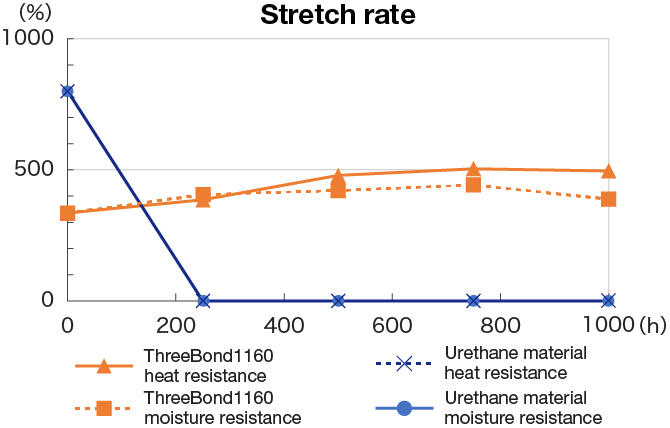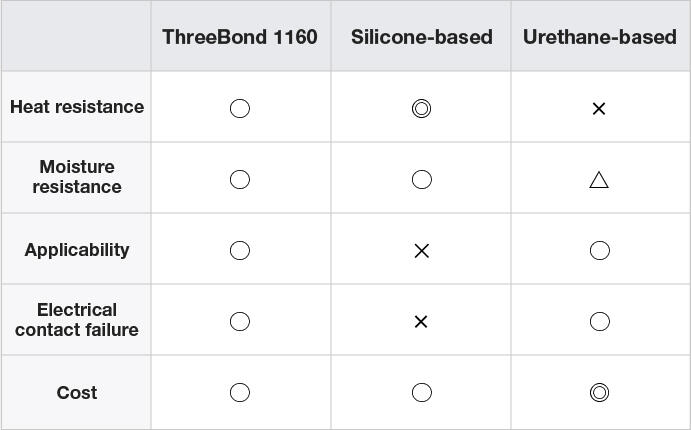Non-silicone sealant that does not contain low molecular siloxane, compatible with in-vehicle electrical components
Against the backdrop of global carbon neutrality, the shift to environmentally compliant electric vehicles is accelerating. As many electric components are mounted on electric vehicles, there is concern about contact failure due to low molecular siloxane in the silicone-based sealants that have been used in the past. In addition, as organic tin compounds, which are restricted substances under the European REACH regulations, are added as curing catalysts to conventional sealants, the development of environment-friendly non-silicone sealants is required.
Features
- Does not contain low molecular siloxane or organic tin compounds.
- The cured product is flexible and has 400% elongation.
- Has the heat resistance and water resistance required for vehicle electrical components.
- Complies with the laws and regulations of major countries around the world.
Uses
- ECU, battery case seal
- Low molecular siloxane-free required parts
- Alternative to RTV for European REACH regulations

Development points
The company worked on the development and commercialization of non-silicone sealants that do not contain low molecular siloxane for electric vehicle electrical components. By combining a special polyether polymer and various additives using patented technology, we have succeeded in developing a sealant that is non-silicone and has sufficient durability that has not been available until now. In addition, by using a non-tin-based curing catalyst, environmental friendliness and practical curability have been achieved. In addition, it complies with the laws and regulations of major countries around the world and can be used globally.
Properties and general characteristics


Durability evaluation of developed products

We conducted a 1000-hour durability test. The urethane sealant (blue line) deteriorates quickly and cannot retain its physical properties, while the ThreeBond1160 (red line) maintains the elongation even after 1000 hours under the same conditions.
Comparison with conventional products


